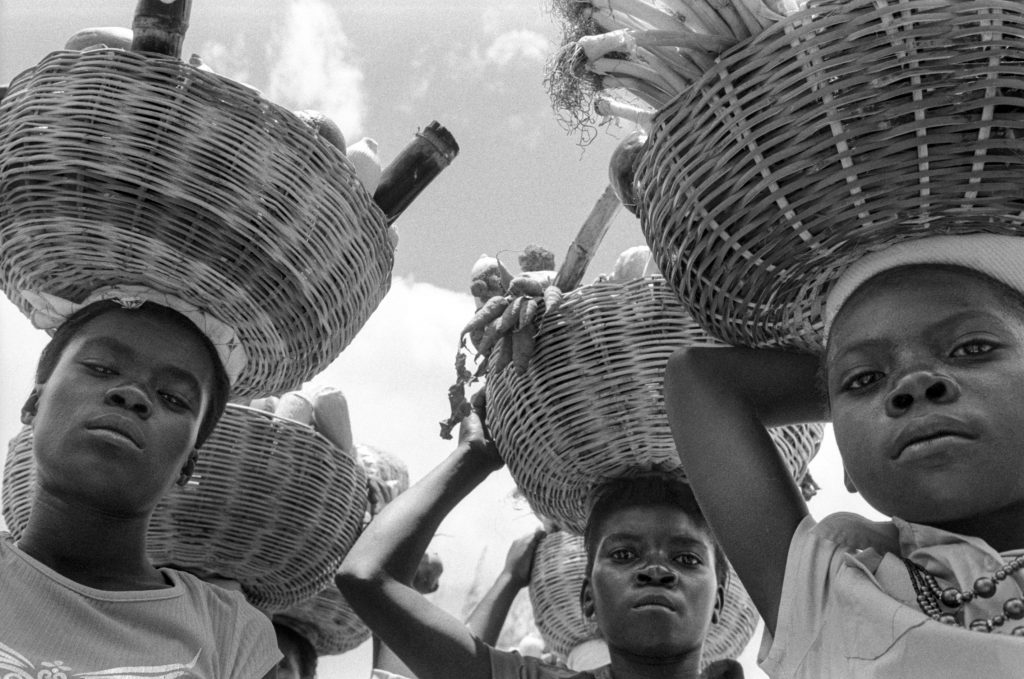This dissertation investigates the formation of the Haitian diaspora in Chicago over the twentieth century. Through original oral history interviews with key community leaders, analysis of Chicago-based newspapers, and previously unexamined organizational records, this is the first comprehensive study to look at the Haitian diaspora in Chicago. Chicago’s Haitian diaspora is different from the more recognized and studied Haitian diasporic communities in New York and Miami and other African diasporic communities for three reasons. First, Jean Baptiste Point DuSable, a fur trader believed to have been from Haiti, founded the city around 1780 which highlights the initial formation of Chicago as a diasporic space. Black women led the movement in Chicago to commemorate DuSable as the founder of the city and played a key role in building connections between Chicago and Haiti which shaped the formation of the Haitian community there. Secondly, the social class composition of Haitians who migrated to Chicago is unique because it is largely professional, educated, and middle class. Finally, the Haitian diaspora in Chicago is smaller and more decentralized than its counterparts in Miami and New York. Approximately 15,000 to 30,000 Haitian descendant people live in Chicago today, but this community does not live in a “Little Haiti,” a neighborhood comprised largely of Haitian immigrants. Instead, Haitians in Chicago are geographically dispersed across the city and its metropolitan area. The distinct historical, demographic, and spatial characteristics of Chicago influenced the ways that Haitians in the city forged community, interacted with other African descendant people, and cultivated transnational linkages to their Caribbean homeland over the twentieth century.
Open Source Archives
We strive to facilitate interdisciplinary collaboration and the implementation of progressive and participatory research methods, with the goal of generating tangible, durable changes in the way research about Haiti is conceptualized, implemented and applied.

ABOUT US
Research Hub & Open Source Archives
EKO HAITI Research Hub is a research and knowledge mobilization platform focused on creative, collaborative and interdisciplinary research and associated research-based learning. We aim to become the intellectual “home” for research about Haiti by creating and providing open access to the largest crowdsourced research archive dedicated to Haiti, by fostering cross-disciplinary research and innovation, and by providing support for progressive research in the form of contextual expertise and training.
“The trees fall from time to time, but the voice of the forest never loses its power. Life begins.”
Jacques Alexis, Les Arbres Musiciens (Paris, 1957)





ORAL HISTORIES
Oral histories are a powerful tool in developing historical understanding
Oral history offers an alternative to conventional history, filling gaps in traditional research with personal accounts of historically significant events or simply life in a specific place and time. Oral histories do more than provide charming details to dry historical accounts. In fact, oral histories help others recapture lived experiences that are not written down in traditional sources.
> Transcripts archive

" Bwa pi wo di li wè lwen, men grenn pwomennen di li wè pi lwen pase l "
The tallest tree says that it sees far, but the seed that travels says that it sees even further.
GET INVOLVED
Support EKO HAITI
As an independent institute, we rely on crowdsourcing and donations to continue expanding the depth and scope of our archives. Your contribution enable us to provide open access to a vast collection of ethnographic and research material which in turn aims at fostering further research and contribute to a better understanding of the country.

